Electrical Safety Checks
It's important to conduct an occasional electrical safety check on your home. The process is quick and easy, and finding and fixing even a single issue can prevent property damage or even save a life. Check these 10 items off your list about once a year to make sure your electrical wiring and fixtures are in good working order.
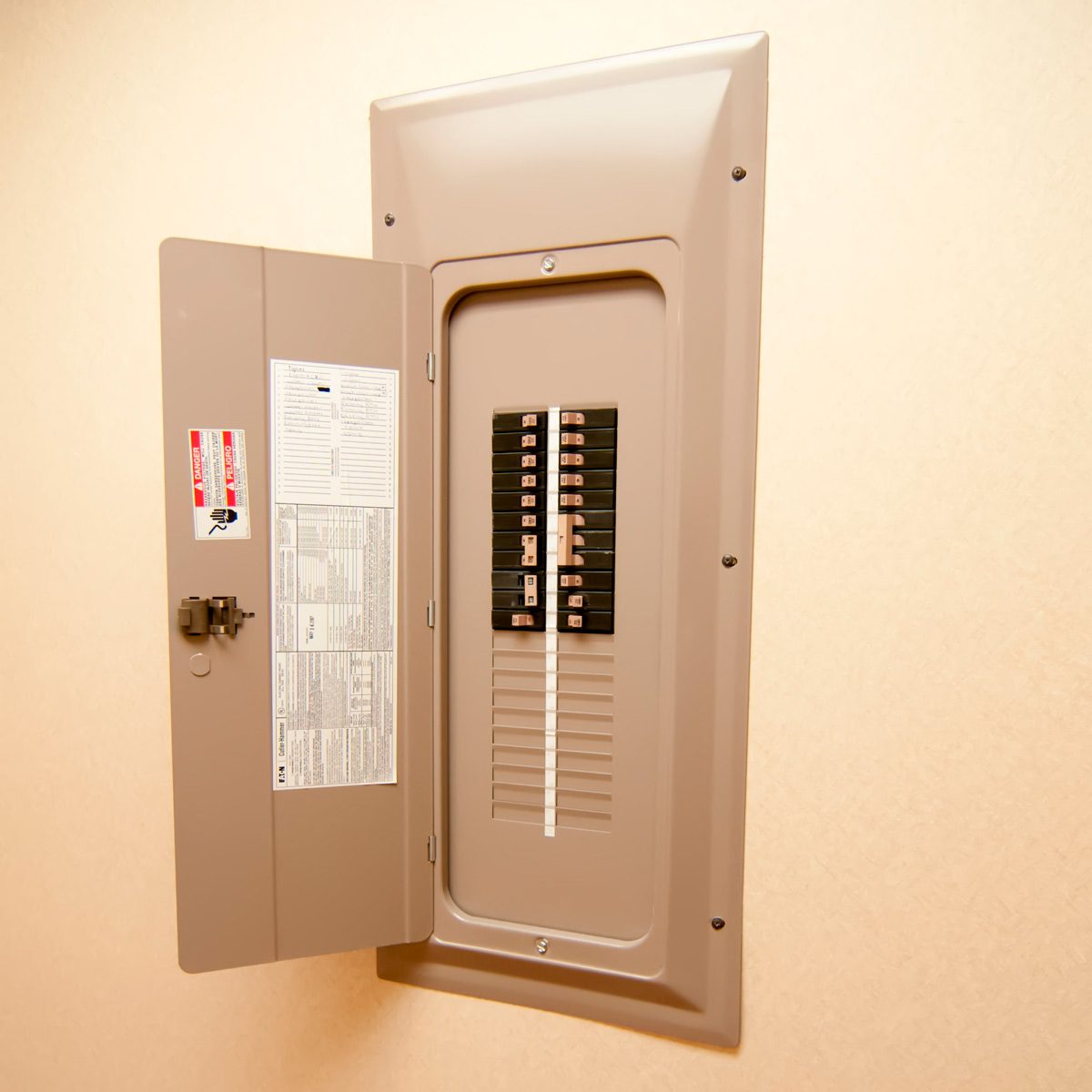 DIGIDREAMGRAFIX/SHUTTERSTOCK
DIGIDREAMGRAFIX/SHUTTERSTOCK
1. Breaker Panel Inspection
Look over your main electrical panel and the area surrounding it. You should have three feet of clear space around the panel, and an easy-to-find, battery-operated light source available for when the power goes out. Next, open the panel door and examine the breakers. Do they show signs of rust or rodent activity? Flip the circuit breakers on and off, making sure that none of them are sticking or corroded, which could prevent them from operating correctly.
Finally, remember that power loss rarely happens when it’s convenient. Make sure that everyone in your household knows how to safely reset a popped circuit breaker.
These are the electrical safety checks you should do every year:
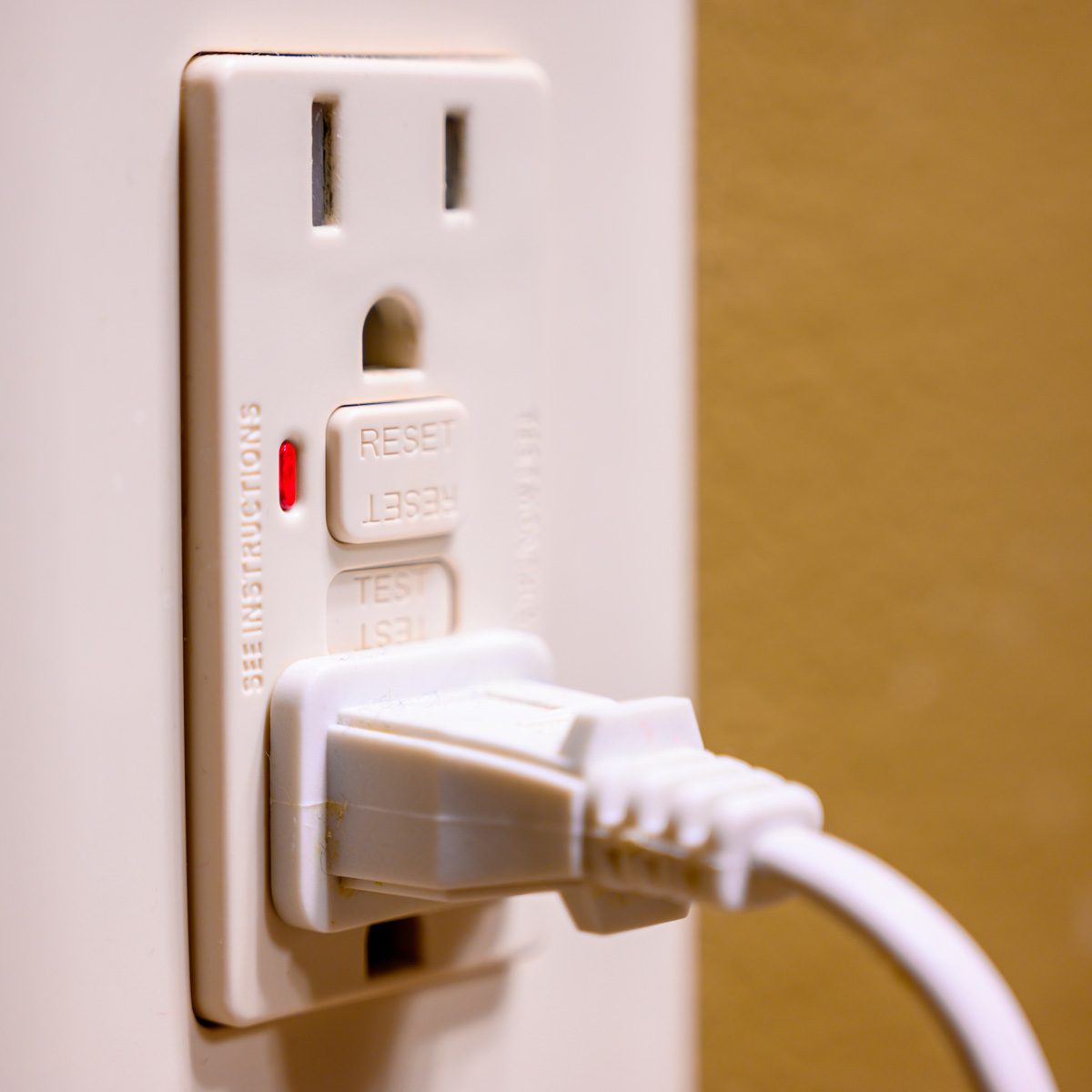 LOST_IN_THE_MIDWEST/SHUTTERSTOCK
LOST_IN_THE_MIDWEST/SHUTTERSTOCK
2. GFCI Testing
Any outlets likely to be exposed to a water source should be ground fault circuit interrupt (GFCI) protected. That may be in the form of an individual outlet (as shown here), an outlet farther up on the same circuit, or by a GFCI breaker in the panel. Regardless of where the GFCI is on that circuit, you should be able to press the test button and ensure that all of the outlets affected are turned off and safe. Here’s more on troubleshooting dead outlets, and what to do when a GFCI won’t reset.
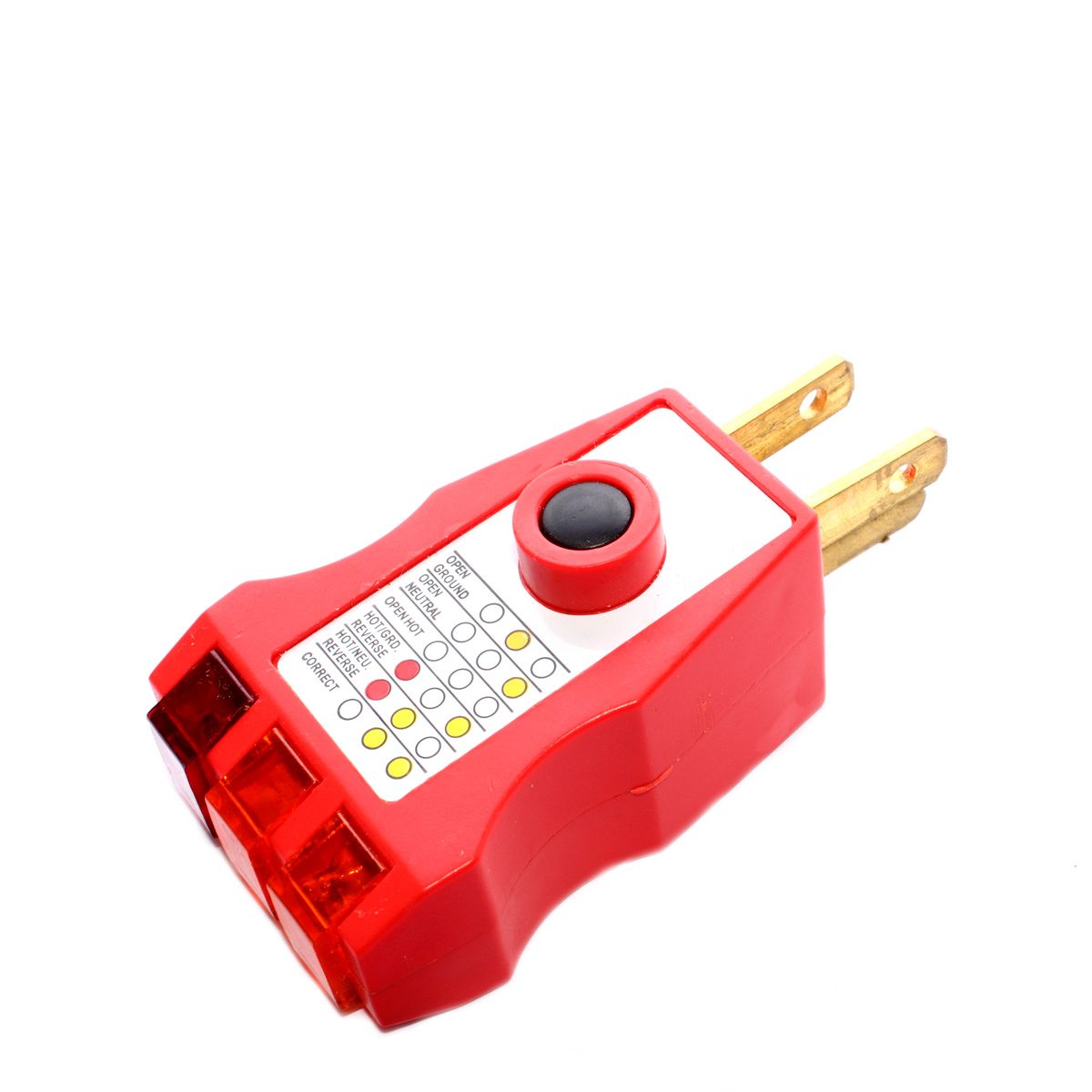 MATT HOWARD/SHUTTERSTOCK
MATT HOWARD/SHUTTERSTOCK
3. Test Your Outlets
One of the most useful tools for quickly checking outlet safety is a receptacle tester, often called a “cube” or “block” tester. This device simply plugs into an outlet and displays lights which indicate the most common outlet wiring issues. These tools are extremely affordable and widely available, and they deserve a place in every DIY toolbox. The block tester is only one of the very affordable electrical safety test devices that can help keep your home safe.
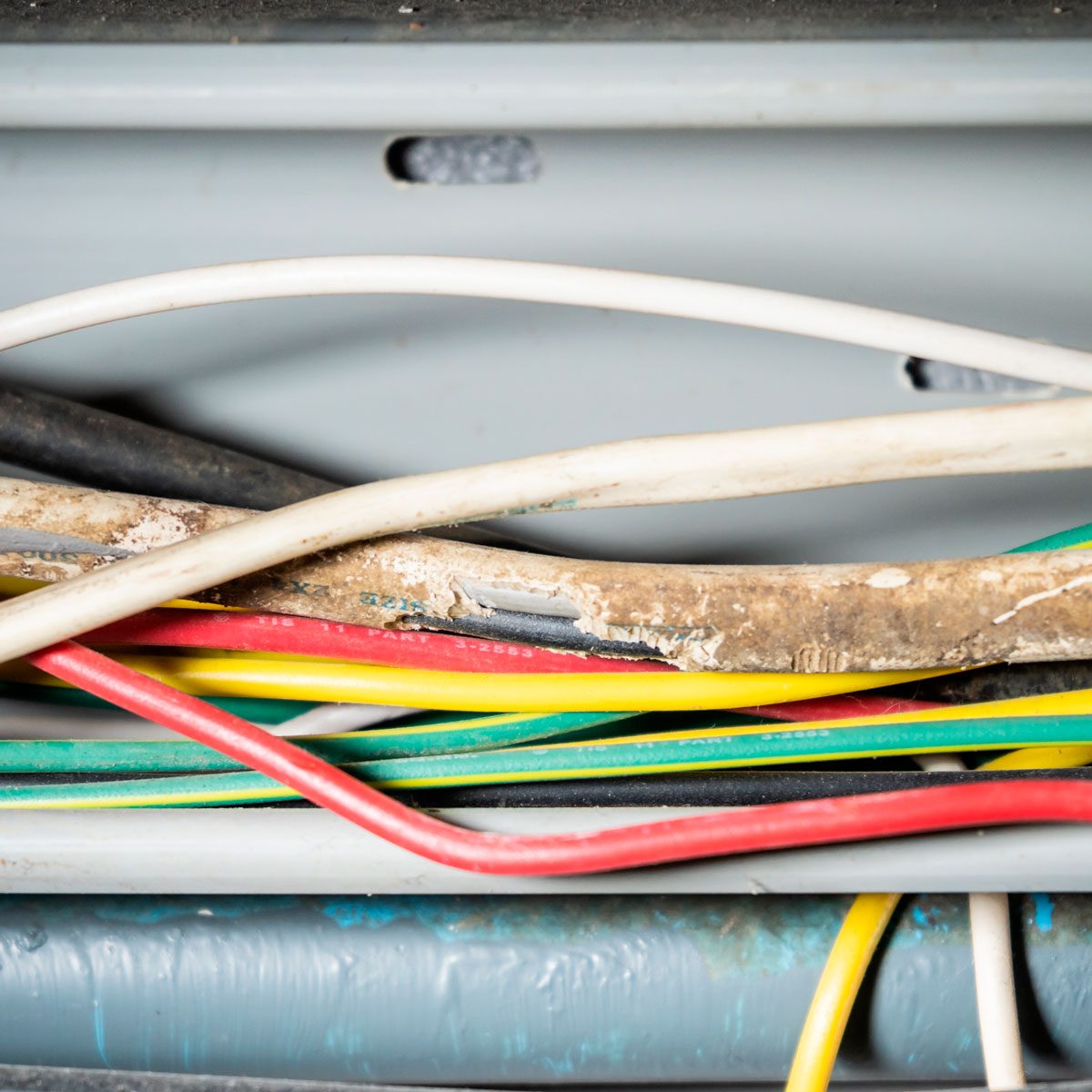 KASARP STUDIO/SHUTTERSTOCK
KASARP STUDIO/SHUTTERSTOCK
4. Visual Inspection of Exposed Wiring
If wiring runs are visible in a basement or attic, take the time to look them over and make sure they’re free of cracks, splits and rodent activity. Look for signs of chewing or nest building, and take any steps to repair damaged wires and eradicate the rodent activity.
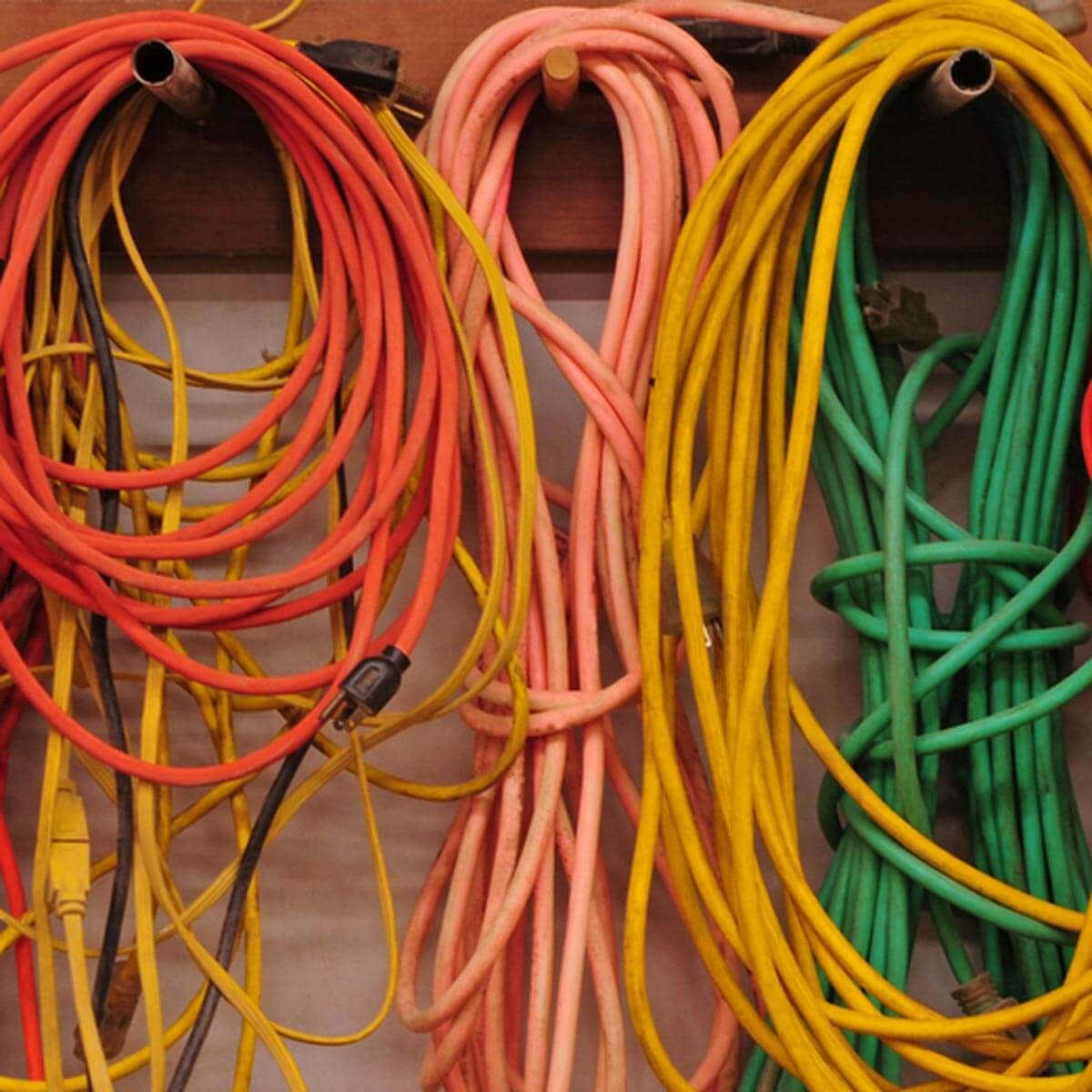 NANCY BAUER/SHUTTERSTOCK
NANCY BAUER/SHUTTERSTOCK
5. Extension Cord Review
Extension cords are practically essential for DIYers, but they can also pose potential problems. Add them to your electrical safety checklist and examine extension cords for cuts, nicks and other damage that can easily occur during DIY and other seasonal projects. Also, make sure that any cords being used for power tools are within their amperage rating. If you do have a damaged extension cord, it’s usually fairly simple to make a repair. Here’s how.
 FAMILY HANDYMAN
FAMILY HANDYMAN
6. Examine Exterior Outlets
Look at your home’s exterior outlets and make sure that they are sealed against the elements and animal intrusion. Exterior outlets should be GFCI protected, and should trip when you run your GFCI tests. If something is plugged into an exterior outlet for a long period, make sure that it isn’t propping the weather cover open, exposing the connection to rain or moisture.
Of course, sometimes you do want to keep an outlet in use for an extended period. In that case, the best practice is to use an outlet equipped with a cover that has access holes, allowing the cover to be securely closed while the receptacle is in use.
Don’t have exterior outlets? Here’s how to add an exterior outlet so you can stop running extension cords from indoors!
 FAMILY HANDYMAN
FAMILY HANDYMAN
7. Check for Tamper-Resistant Outlets
A more recent addition to the homeowner electrical safety checklist is tamper-resistant outlets. The National Electrical Code (NEC) requires outlets reachable by children have an interior shield that prevents the insertion of foreign objects like paper clips or coins, preventing shocks.
This is a simple visual check. Tamper-resistant outlets have a plastic barrier behind the receptacle openings (shown here). If you see a dark space behind the receptacle openings, then it’s not tamper resistant. The good news is that it’s relatively easy to upgrade to newer outlets, if needed.
How to install a tamper-resistant outlet.
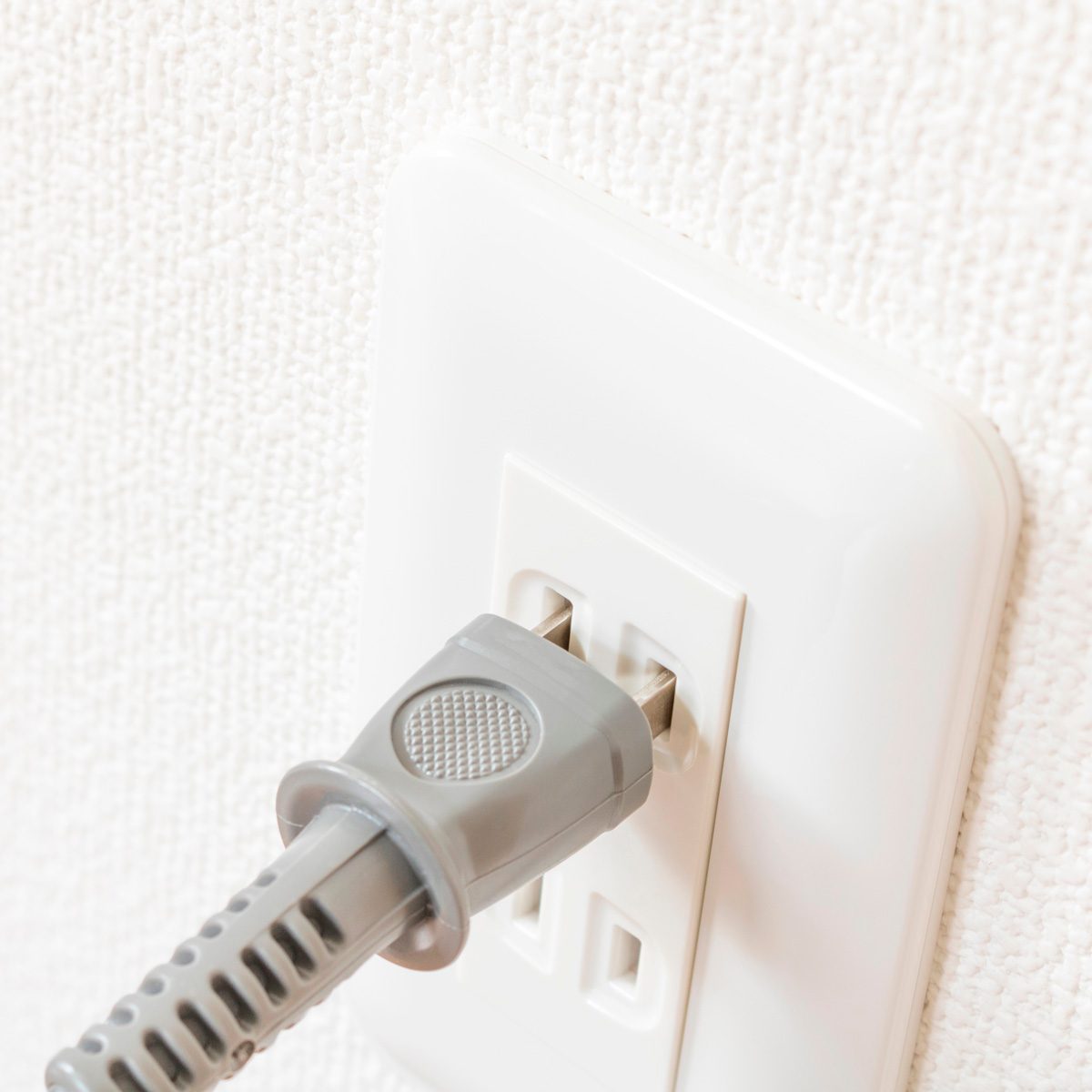 PU_KIBUN/SHUTTERSTOCK
PU_KIBUN/SHUTTERSTOCK
8. Test for Outlet Tightness
Outlets, like any mechanical device, wear out over time. If plugs sit loosely in an outlet—especially if they slip out enough to expose the plug pin—replace the outlet with a new outlet receptacle. If the outlet itself is loose in the electrical box, the fix is usually simpler, only requiring plastic shims. Here’s more information on fixing loose outlets.
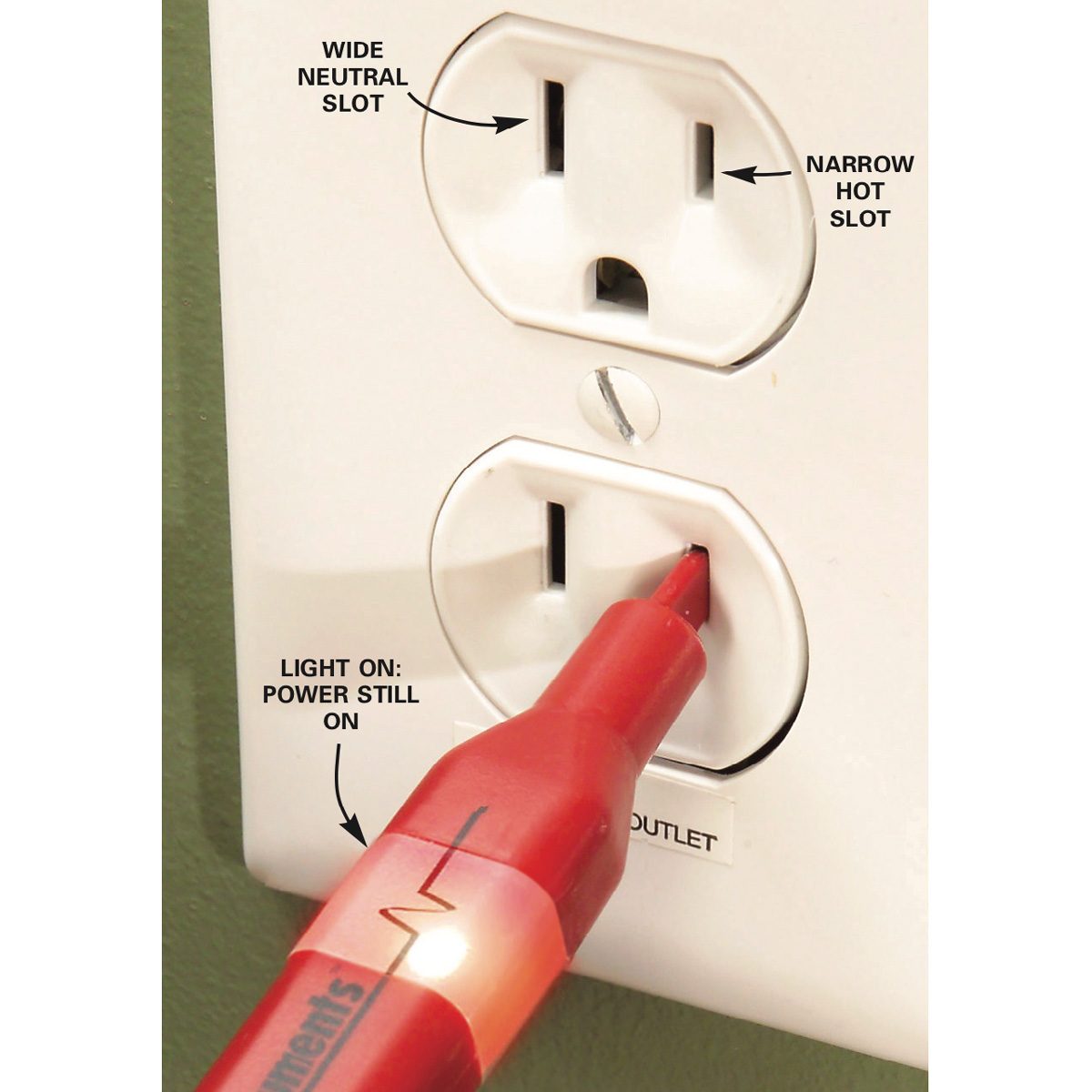 FAMILY HANDYMAN
FAMILY HANDYMAN
9. Voltage Test
Part of any electrical safety check involves observing the behavior of your home’s electronic devices. If they seem to be behaving irregularly, such as lights dimming or flickering, it’s a good idea to check the voltage on that outlet. The cause may be something as simple as a loose wire, but a voltage test is the first step toward getting to the root of the issue.
Using a volt meter or multimeter set to measure voltage, check the power at the outlet. For standard 120-volt residential outlets, you’ll expect to find readings between 110 and 130 volts. If you’re seeing readings outside of that range, it’s time to start problem solving!
For a good introduction to troubleshooting your electrical system, see Troubleshooting: How to Fix a Light. And, here’s a solid primer on how to use a digital or analog multimeter.
 LULUART/SHUTTERSTOCK
LULUART/SHUTTERSTOCK
10. The Five Senses Test
We’ve already talked about visual inspections on this safety checklist, but don’t forget your other senses.
Place a hand on outlets and light switches, checking for excessive heat. (Remember that dimmer switches often generate heat when the lights are on, but it should never be hot enough to be uncomfortable or painful to the touch.)
Is there a “hot wire” smell around a switch or outlet? Turn off the power to the switch or outlet at the breaker, verify the power if off using a non-contact voltage tester, and take a closer look. You may need to replace that switch or outlet.
Finally, if you hear popping and crackling in an outlet or switch, turn off the power to the outlet or switch at the breaker, verify the power if off with a non-contact voltage tester and have the outlet or switch inspected asap.
And, while we’d never recommend that you use your sense of taste on an electrical checklist, do use your common sense! If something seems wrong or questionable take a closer look. And, if it’s too big of a job, call in a professional. Here's a list of pros ready to help Our Favorite Businesses
~FamilyHandyman.com
Selling Your Home?
Get your home's value - our custom reports include accurate and up to date information.




